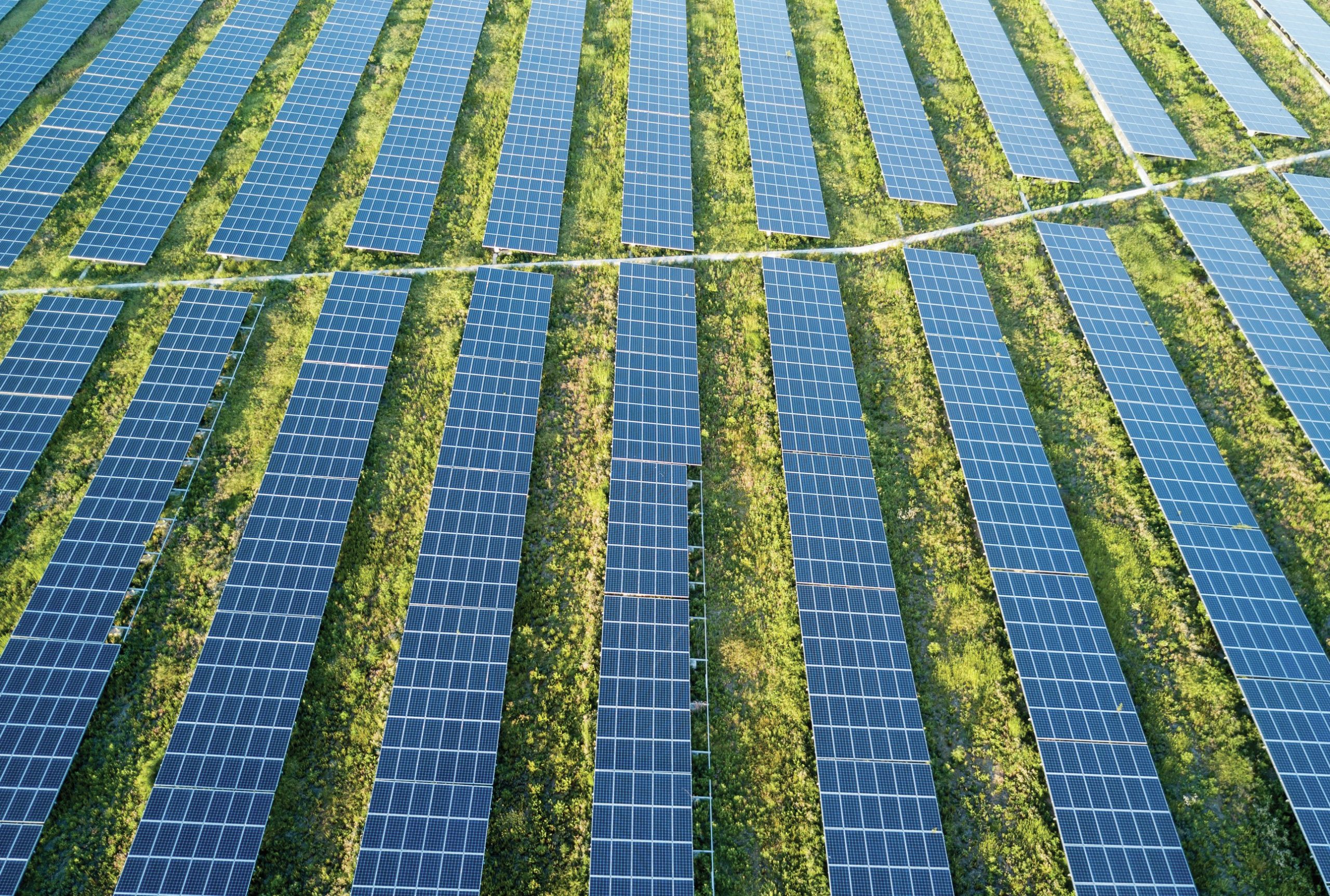
The Paris Agreement on reducing greenhouse-gas (GHG) emissions, brokered by the United Nations (UN) in late 2015, has now entered into force. Over 100 countries have signed it, including most of the world’s largest GHG-emitting countries.
The aim of the agreement is to avoid so-called ‘dangerous climate change’. Governments have tasked themselves with keeping GHG emissions low enough that the atmosphere will not warm more than 2ºC above pre-1800 levels. Even this much warming will cause significant changes to the planet’s physical geography (which is why the UN would much prefer a 1.5º target to be met). But any warming above 2º will take humans into truly uncharted territory. For instance, scientists predict that sea levels could rise by as much as 9 metres over the next three centuries, posing a serious threat to many coastal cities.
Your organisation does not have access to this article.
Sign up today to give your students the edge they need to achieve their best grades with subject expertise
Subscribe




